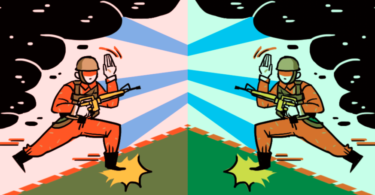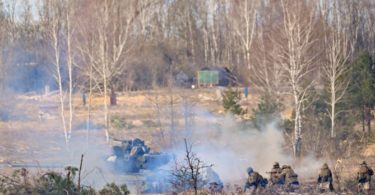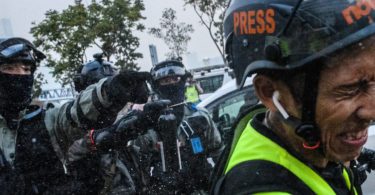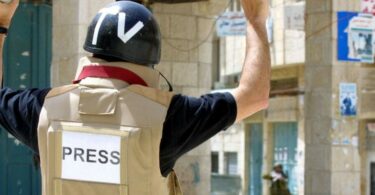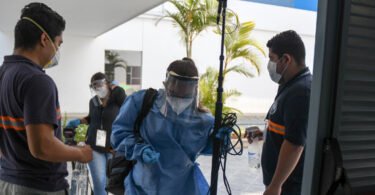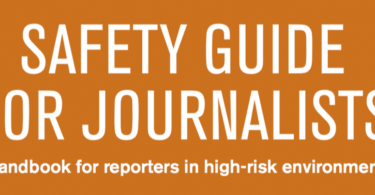Planning in advance safety protocols can help journalists to better protect themselves if a natural disaster or a conflict breaks out. In this article, Reporters Without Borders (RSF) in partnership with Taiwanese NGO Watchout explains how to prepare a disaster response plan.
If a crisis happens, the best way to survive is to be prepared in advance: developing a disaster response plan with their family and rehearsing it together will help journalists to get through crisis situations in the most efficient manner. Journalists are recommended to review these plans both for their home and their working place. Here is some advice to prepare safety protocols in case of emergency.
1- Assign tasks in orders
- Organise tasks. When disasters strike, people easily feel nervous and overwhelmed by fear, panic, and anxiety. Therefore, organising tasks in advance can help journalists and their family members know what to do first in the event of a disaster and reduce the chaos that might lead to loss of life and property.
- Distribute tasks. Tasks can be distributed based on each person’s skills, like deciding who carries heavy items, who is in charge of pets, and who takes care of the kids.
2- Select an emergency assembly point
- Emergency assembly point to reunite. When a crisis comes, the place one lives may no longer be safe. Journalists may also lose contact with their family who live with them due to blackouts or infrastructure damage. By arranging emergency assembly points with them in advance, they can find each other and reunite more easily and handle the crisis as a team instead of dealing with it alone.
- A safe, easy-to-reach gathering point. A good assembly point is a safe, easy-to-reach specific point that can serve as a shelter, and where one could even prepare in advance emergency supplies. It is recommended to set three points and prioritise them, in case some of them were destroyed or failed to meet the function of being an assembly point.
3- Create an emergency evacuation map on paper
- A paper map. Journalists may experience blackouts or internet disconnections during emergency situations. Making an emergency evacuation map on paper can help them find a way to the assembly point even without connection.
- Map out essential locations. Journalists are recommended to buy a map of the town or the region that includes the area around their residence, then mark on it their location, the large landmarks nearby, parks, shelters, public schools and other public facilities, critical infrastructures such as hospitals, police and fire stations, and high-risk areas, i.e. places that may be flooded, exploded, collapsed or bombed.
- Map out assembly points. Then, journalists should discuss with their family the three designated assembly points, mark routes that lead to them but also the ones that may be jammed during emergencies in order to avoid them.
- Practise the routes. Finally, journalists should practise in advance these routes by foot to make sure they are familiar with them.
Watchout is a Taiwan-based NGO focusing on defence and civil preparedness.



